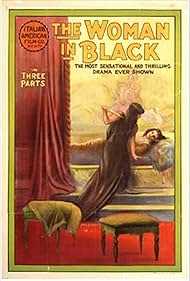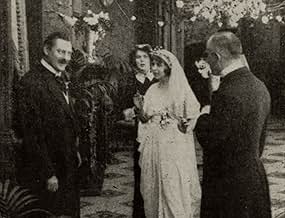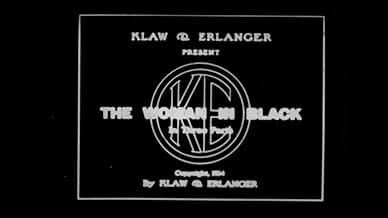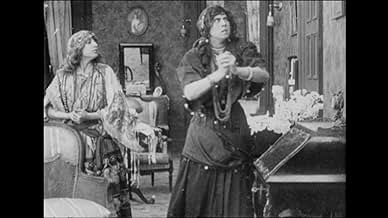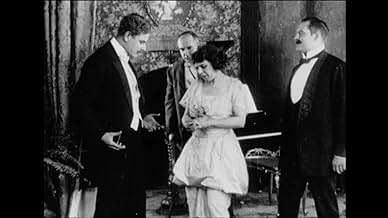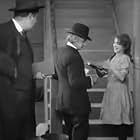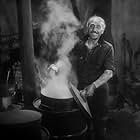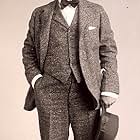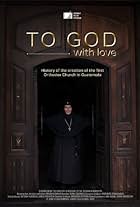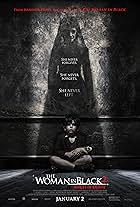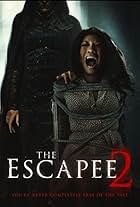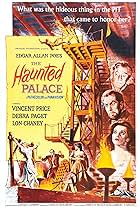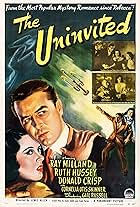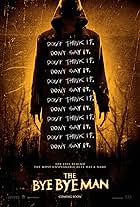With the principal impetus coming from the smaller film-producing countries - Italy (all companies), Germany (the films of Asta Nilsson) Nordisk in Denmark, Kahnzankov in Russia (the films of Yevgeny Bauer and Yakov Protazonov), even, in its own rather staid and literary way (lots of Dickens), Britain, the full-length feature was everywhere by 1914. Only in France and the US were the oldest established companies (Pathé and Gaumont, Edison and Biograph) notably reluctant to take the plunge. The reason wa simple enough. Full-length features were an account-book nightmare - unpredictable increase in costs, unknown risks and uncertain profit.
Unable to withstand the pressure, they sought solutions that would somehow allow them to spread or minimise the risk. Vitagraph followed the British exampe in relying largely on classics, although it proved a staregy rathr less well-adapted to the US market. The most successful and the most innovative risk-reduction device was without doubt the serial-film which spawned in the process an entirely new genre. In France Pathé also used its semi-detached association with Le Film d'Art to co-produce longer films that it could always disown if the expense got out of hand.
Biograph entered in 1913 into a rather similar arrangemet with the theatrical producers Klaw and Erlanger, the idea being that the latter would produce a series of longer films (three-reelers, between forty minutes and an hour) based on sucessful stage plays that they owned. They announced with great pomp and circumstance on 12 March 1913 that the new company would be called The Protective Amusement Company (general manager Pat Casey), although there is not much sign that his bizarre appellation was ever really used), would involve film-producers A. H. Woods and T. Hayes Hunter (the latter being overall artistic director for the series) for which an entirely new studio would be built. Cinemas were to be sold exclusive rights to the films which would then be exhibited at a somewhat higher price. The intention was to produe two "plays" per week.
Rather like Vitagraph's literary fare, this all provided a litle highbrow for general US tastes and the series does not sem to have been much of a success, but at least thirty films were produced. They all made use of the existing Biograph directors (Frank Powell, dell Henderson, Lawrence Marston etc) and the actors ad actresses, most notably perhaps the Gish sisters (Liberty Belle, Man's Enemy and Lord Chumley all starred Lillian while A Fair Rebel starred Dorothy) and Lionel Barrymore (Women Against Wome, Men and Women, Under the Gaslight, The Power of the Press and Dora Thorne). All the films seem to have been made in 1914 although many were subsequently re-released by Biograph during 1915 and 1916.
This film - a good old-fashioned melodrama (it is based on a play of 1896-1897 by ) also stars Barrymore who dominates the film as the villain Crane. It has many elements that were still fashioable - gypsies, reform politicians versus city bosses) and is elegantly mis en scène by Marston and well filmed by Gaudio.
This film is available from the Library of Congress paper print oollection. Another of the Klaw and Erlanger films, the comedy The Rejuvenation of Aunt Mary directed by Edward Dillon, is also available frm LoC..
